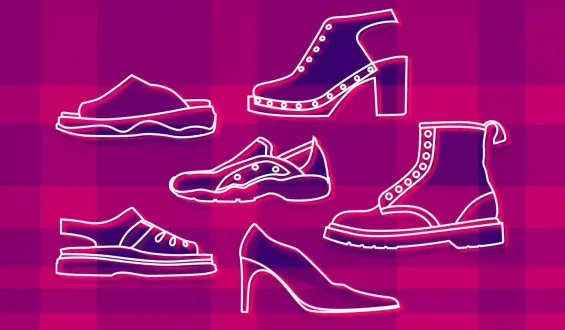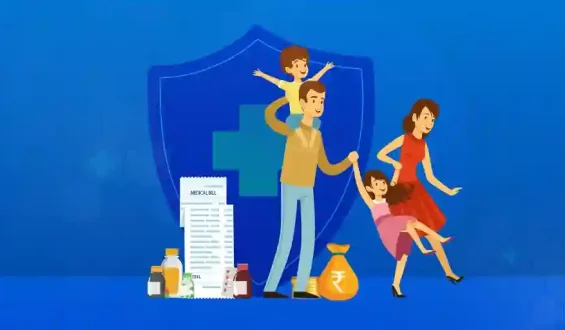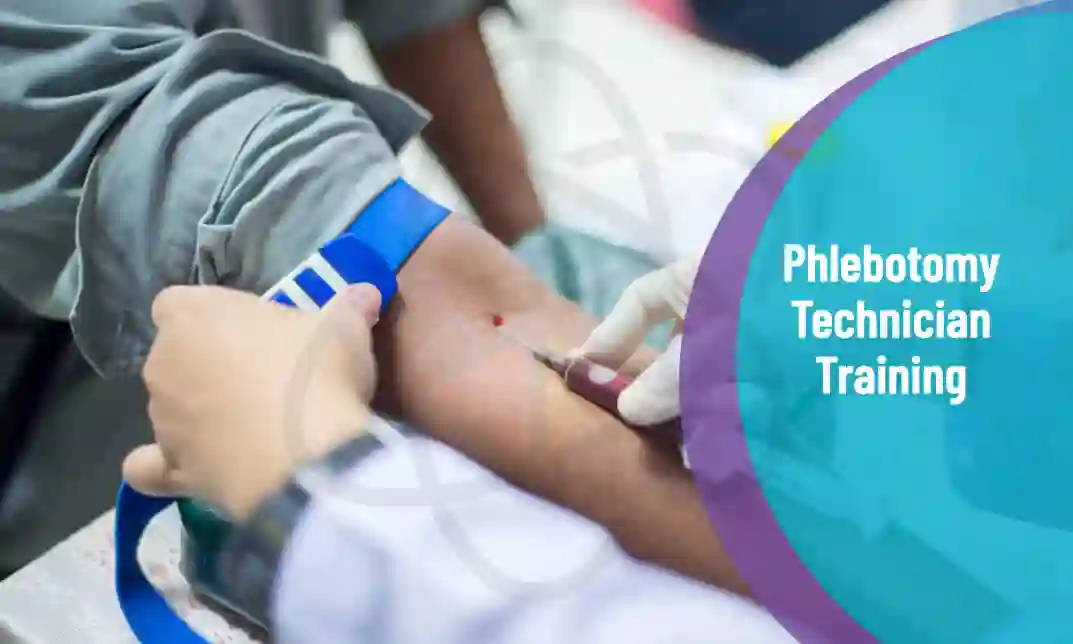Selecting The Best Phlebotomy Training Program!
Tips For Enjoyable And Profitable Slot game Play
Learning how to play slots is not as challenging as some people would have you believe. The truth is that every year, millions of individuals learn how to play slots for fun and money. If
How to relieve stress
Stress is the way your body responds to any type of pressure. At times it is only all natural and is completely tolerable. When you are under pressure though, stress can become all consuming and
Abonnement Smart IPTV
The first of the three components Abonnement smart IPTV solution is known as the Digital Video Recorder. This is an innovative system which is a joint venture between Abonnement and Seseco. The system has been
How Can a Home Services Company Help You in Rajah?
Al-Taqwa Home Services Company established in Riyadh is an establishment specialized in offering home services with its many derivatives such as pest control, home cleaning and domestic violence. It is one of the leading firms
How to choose the right shoes for yourself
Every woman is interested on how to choose the right shoes for yourself. If you are also one, it is very important that you should pay attention on your appearance to be more attractive. A
Will I Have To Use My Own Health Insurance After An Auto Accident
After a car accident, the last thing anyone wants to worry about is who will pay their medical bills. Massachusetts is a “no-fault” state, which means that even though you are at fault for an
Be Confident When You Buy Games Online
There can be a degree of vulnerability with regards to buying anything online. That reality that we aren’t substantially grasping the thing is a demonstration of trust. We are confiding in an organization whose kin
Top 3 Slots In Indonesia
There is more than one slot game for you to choose from. You can either play slots based on your favorite sports team or you can choose to play on a slot that features a
How To Choose A Slot Gacor
When you’re searching for a great place to play online games, you may have come across a website that offers a wide variety of slot machines. However, how do you know which one to choose?
The Art of Slot game Bonuses
You’ve probably noticed that card Slots are making every effort to attract you to sign up if you play any form of online card games. They will almost certainly attempt anything to persuade you to

















